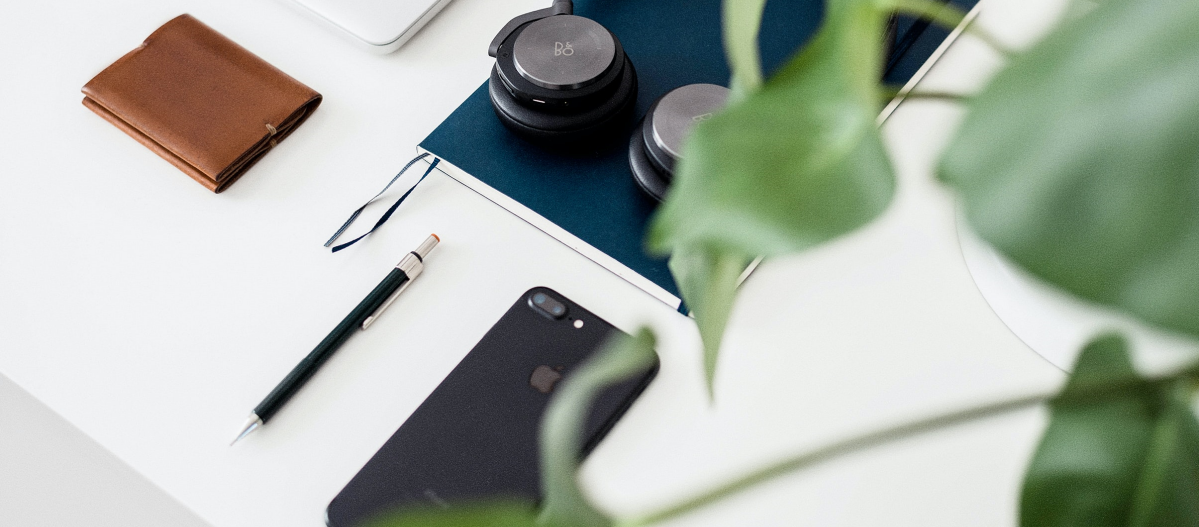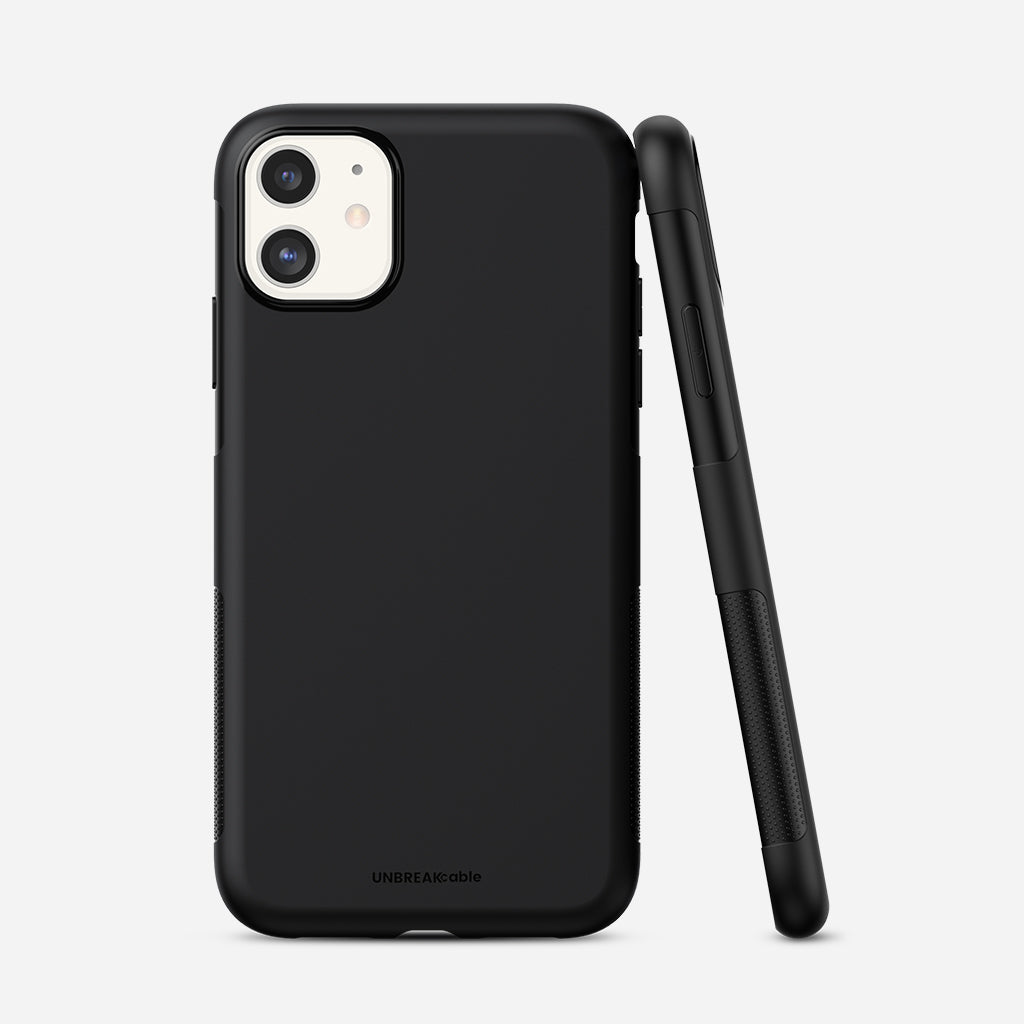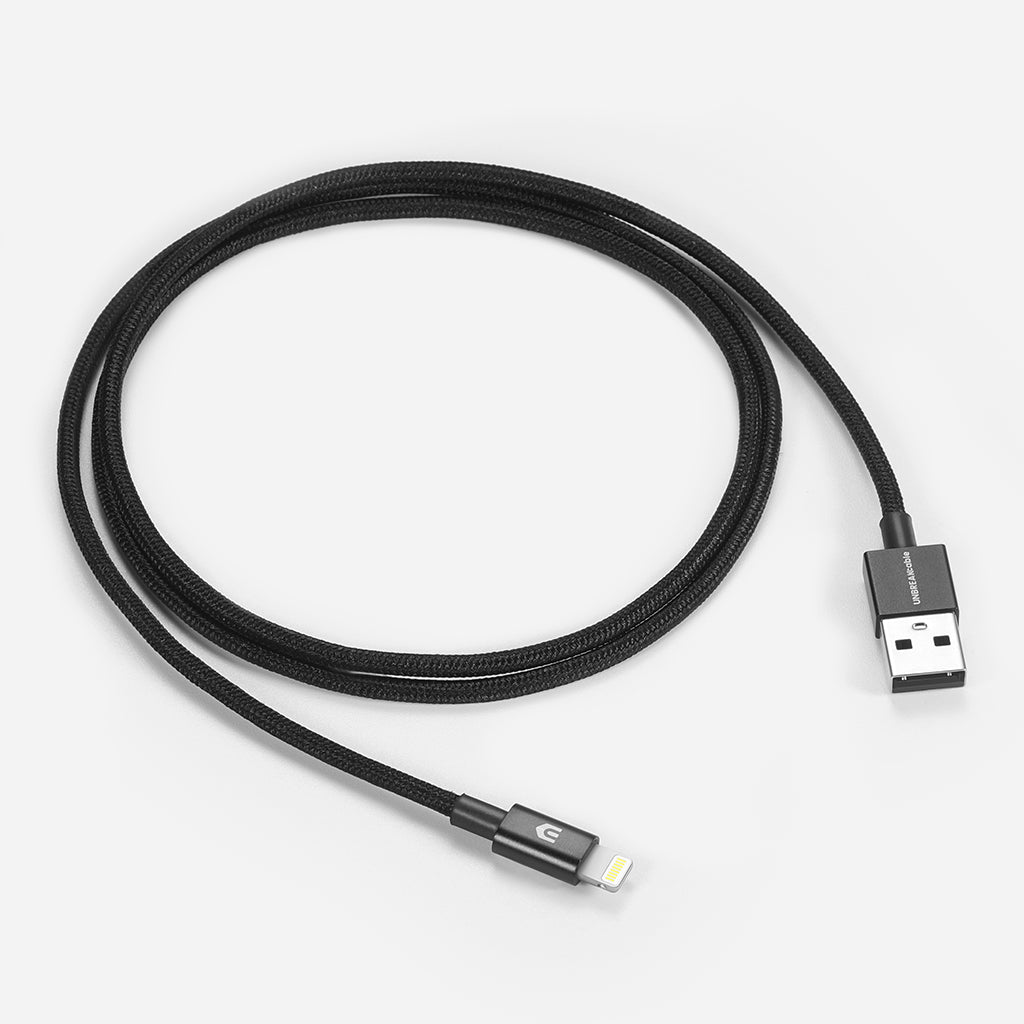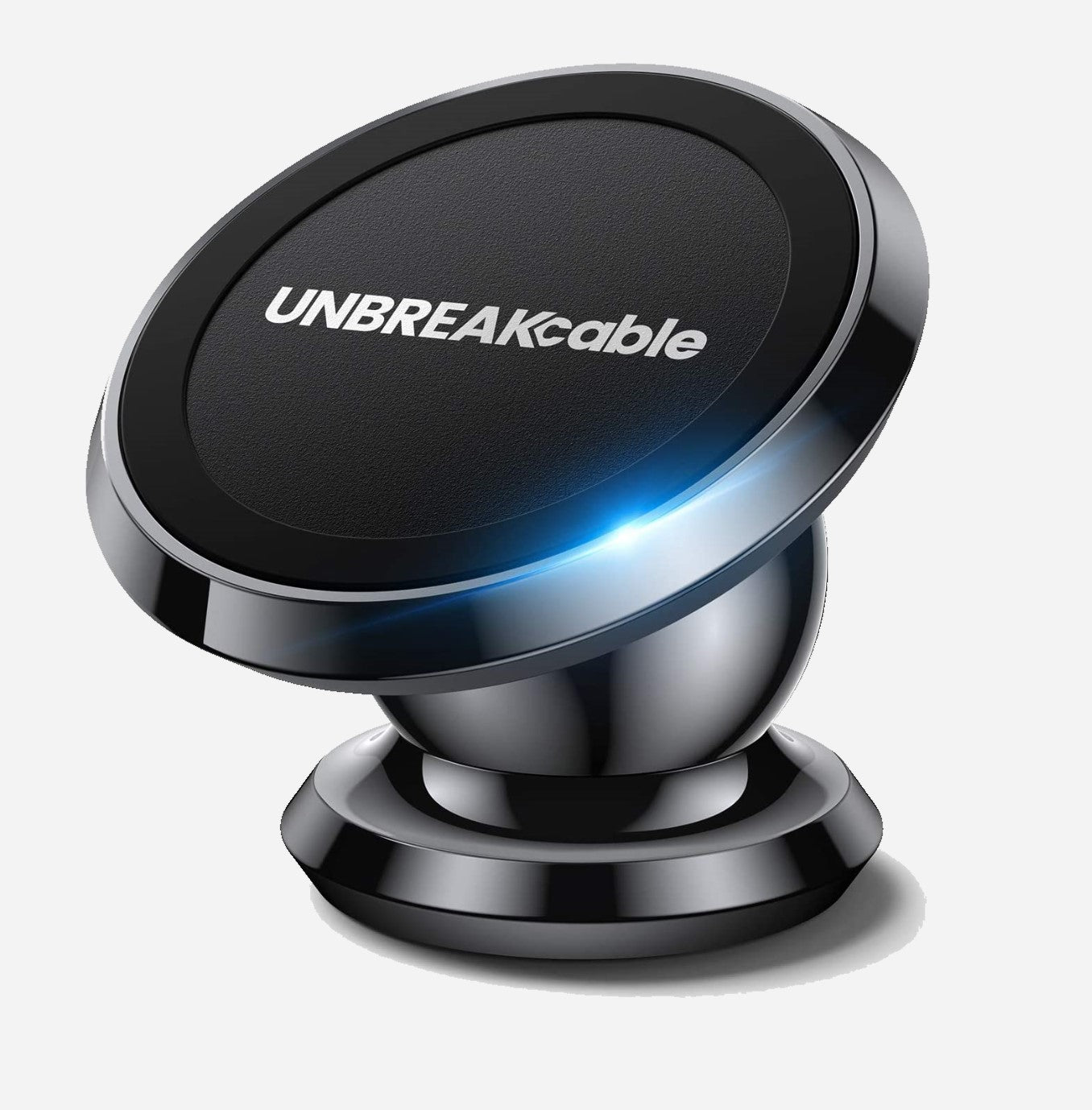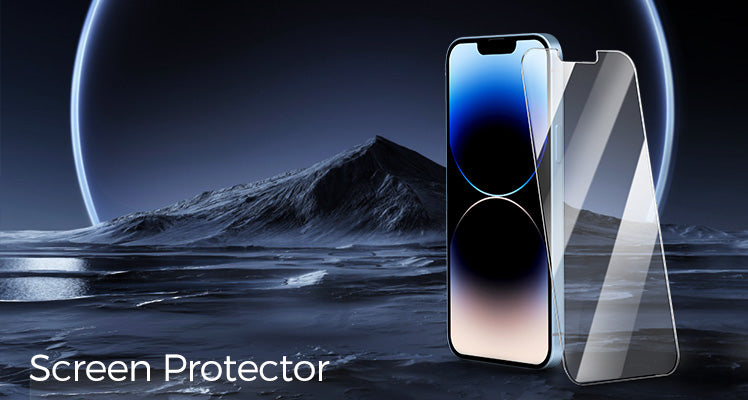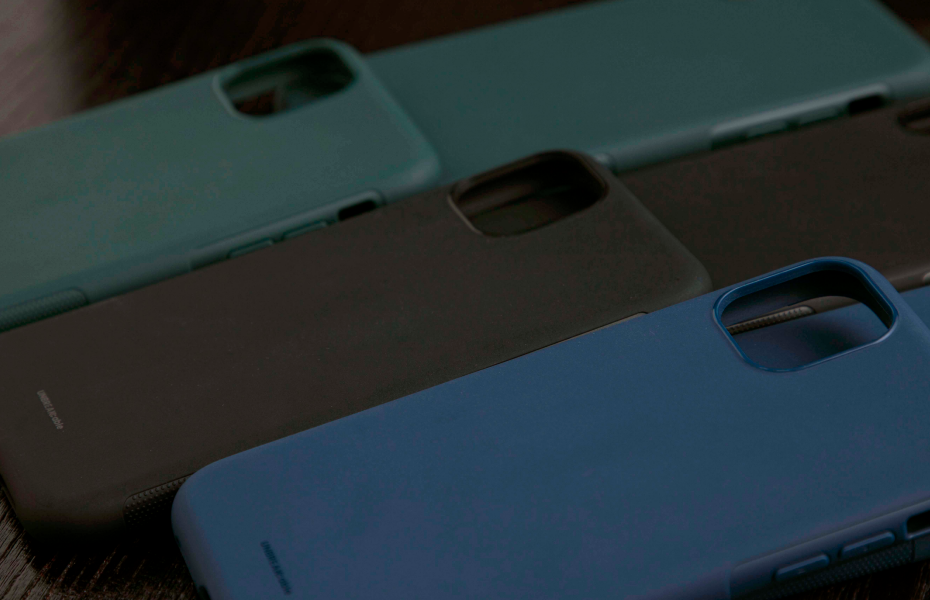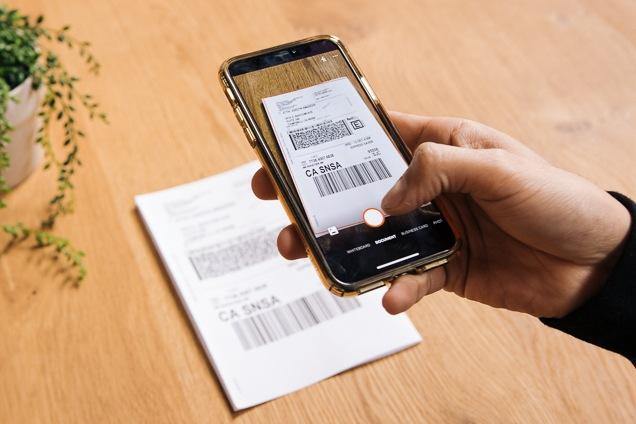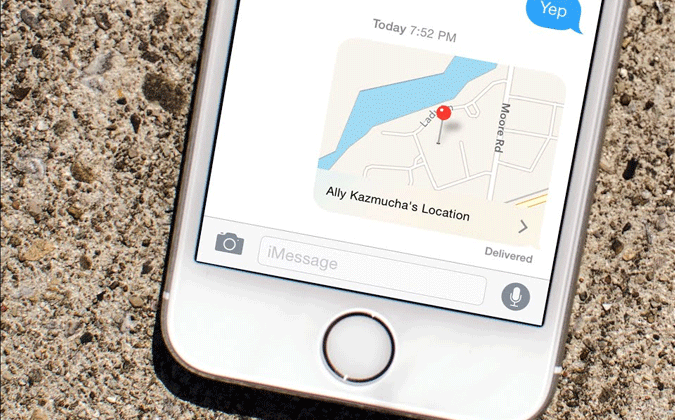iPhone battery capacity is growing, but iOS is not becoming more energy-optimized. Therefore, one of the hottest topics among Apple smartphone users is still related to the problem of quick discharging of the iPhone battery. In this article, we give you the reasons why your iPhone battery drains fast and ways you can extend its life.
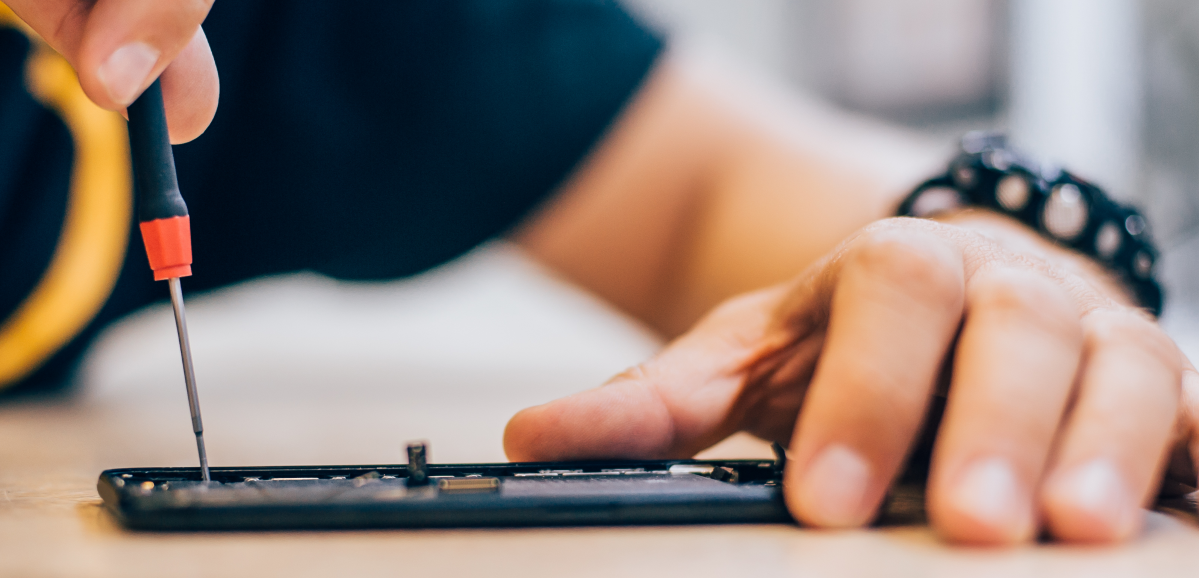
About iPhone batteries
All current Apple devices use a lithium-ion battery. Compared to traditional batteries such as nickel-metal hydride batteries, they have a number of advantages. Lithium-ion batteries are lighter, have a higher capacity and a short charging time, and most importantly, they are durable. The last statement is true, provided that the batteries are used correctly.
-
Reasons why your iPhone battery drains fast
- Push notifications from apps
- Background app refreshing
- Apps using geolocation services
- Weak signal
- Automatic Wi-Fi search
- Airdrop
Airdrop makes it easy to share files between Apple devices, but not everyone uses it. If you also don't use Airdrop, feel free to open the settings, click on Airdrop, and select "Receive off" For the function to stop wasting your battery power.
-
How to extend your iPhone battery life
There are a few basic rules that you can follow to significantly extend the life of your iPhone's battery.
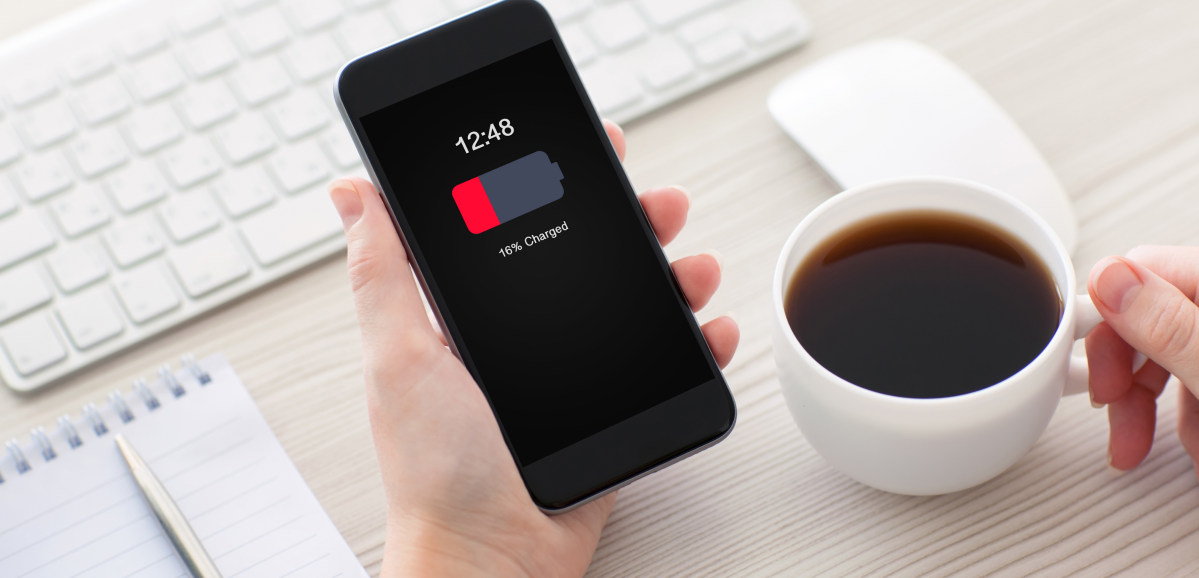
- Do not completely discharge the battery
- Avoid overheating and hypothermia
Heat and cold are the worst enemies of lithium-ion batteries. Overheating and over-cooling the iPhone can significantly reduce the battery capacity of your phone, so you should never keep it in adverse conditions.
But at what temperature does the battery get bad? Surprisingly to many, the ideal temperature for an iPhone battery is between 16 and 22 degrees. This is confirmed by numerous studies of lithium-ion batteries, including those carried out by Apple. The optimal temperature for using the iPhone is up to 30 degrees.
- Use the certified charger
Not all cables and chargers are the same. There are different voltages, amperes, overload protection, and other differences that make not all chargers the same. That's why it's wise to always use Apple-certified chargers that come with MFi (Made For iPhone, iPad, or iPod) badge.
MFi certified chargers are those approved by Apple, which analyzes them and guarantees that they follow all the necessary quality standards. They also have an internal chip that is updated along with iOS, thus maintaining operation in all versions. You can check whether your charging cable is MFi-certified here. And make sure to use certified chargers manufactured by trusted brand like UNBREAKcableand Syncwire.
- Calibrate iPhone battery
If you have decided to start firmly following (or are already following) the first tip, there is one more thing you need to know. Fully charging Li-ion batteries for a long time is just as harmful as continuously discharging to zero. Experts strongly recommend that you calibrate your iPhone every 3 to 4 months. Moreover, this must be done in a special way.
Step 1: completely discharge the battery
Step 2: leave your iPhone turned off for a few hours (ideally overnight)
Step 3: Connect the iPhone to the charger and leave it on for at least five hours. Even after the battery is 100% charged. It is best to turn off your iPhone while it is charging.
After completing this simple but time-consuming process, the iPhone battery is calibrated. It is advisable to perform this procedure every 3-4 months. Such a simple trick will allow you to reset the so-called upper and lower battery charge flags. This allows the iPhone to last longer on battery life and slows down the battery drain on its overall capacity.
- Charge iPhone without a case
iPhone cases are most often made of silicone or neoprene. These materials lead to additional heating of the body during charging, which can negatively affect battery capacity. Determining whether your case is detrimental to your phone is very simple. If you notice that your iPhone becomes very hot while charging, remove it from its case first.
